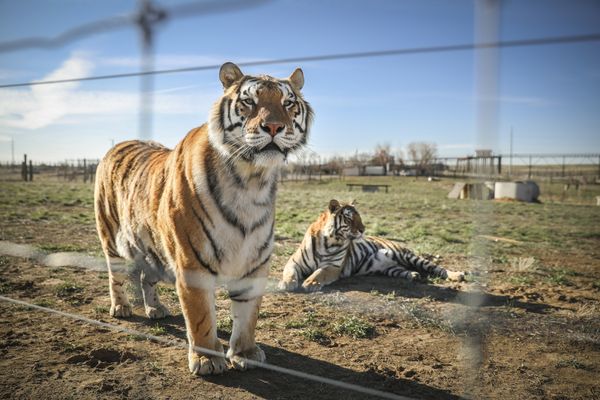
Nasa’s James Webb space telescope has reached its final destination after a one million mile journey that took a month after its launch.
The telescope, which took off from French Guiana on Christmas Day, entered its final parking spot called “L2” beyond the moon on Monday.
Now it is finally in place the space observatory will be able to look at exoplanets, which are worlds outside of our solar system, as well as observing objects within it.
The telescope is an international project led by Nasa in collaboration with the European Space Agency, and the Canadian Space Agency, and is named after James E Webb, the Nasa administrator from 1961 to 1968, who was a key figure in the Apollo missions.
Some targets of Webb include ocean worlds in our solar system, such as Jupiter’s moon Europa and Saturn’s moon Titan, John Mather, Webb senior project scientist at Nasa’s Goddard Space Flight Center in Greenbelt, Maryland.
The $10bn observatory, which observes in infrared light, must now have its mirrors aligned and its infrared detectors chilled before it can start working fully in June.
Its design includes a five-layer sunshield to protect its giant mirror and instruments from the sun’s rays as they need to be kept at negative 370 degrees Fahrenheit to operate.
“We’re one step closer to uncovering the mysteries of the universe. And I can’t wait to see Webb’s first new views of the universe this summer!” Nasa Administrator Bill Nelson said in a statement.
At a distance of more than one million miles away, the telescope, which is considered the successor to the Hubble Space Telescope, is more than four times further away than the moon and is too far for any repairs to be carried out.
The telescope will be able to scan the universe for any alien signs of life as it orbits the sun.
The position of Webb means that teams on Earth will be able to communicate with it via the Deep Space Network, which uses three antenna ground stations in Australia, Spain and California.







